For many the month of January is synonymous with the word detox, yet I continue to find delight in the the Swiss alpine village of Champery, where dairy is not a dirty word. Instead it’s the raison d’être of the Montagnard; a staple from which one can enjoy a meal that’s made from the the produce of some of the finest dairy cows in the world. And while the milk and double cream are spectacularly good, time after time I find myself enjoying a fondue—a dish that’s too often confined to memory, alongside the kitsch repertoire of 1970s dinner party dishes that also included duck à l’orange and the black forest gateau.
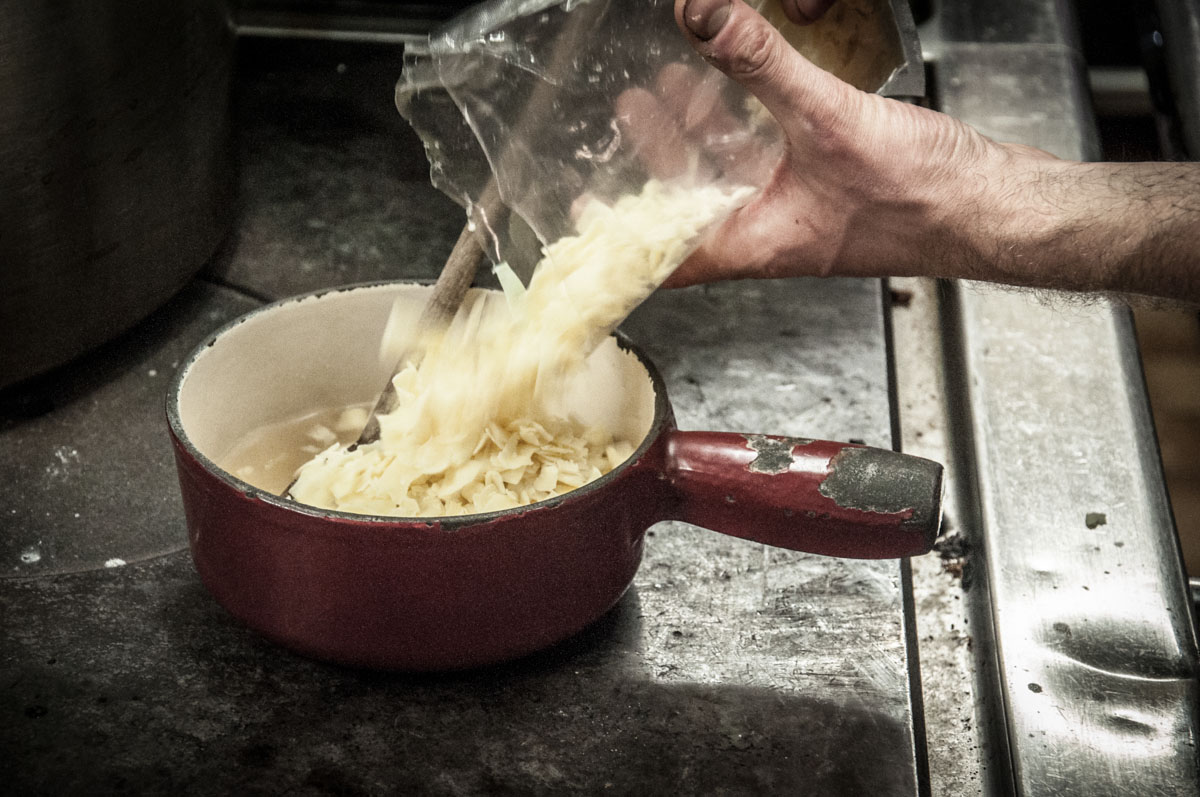
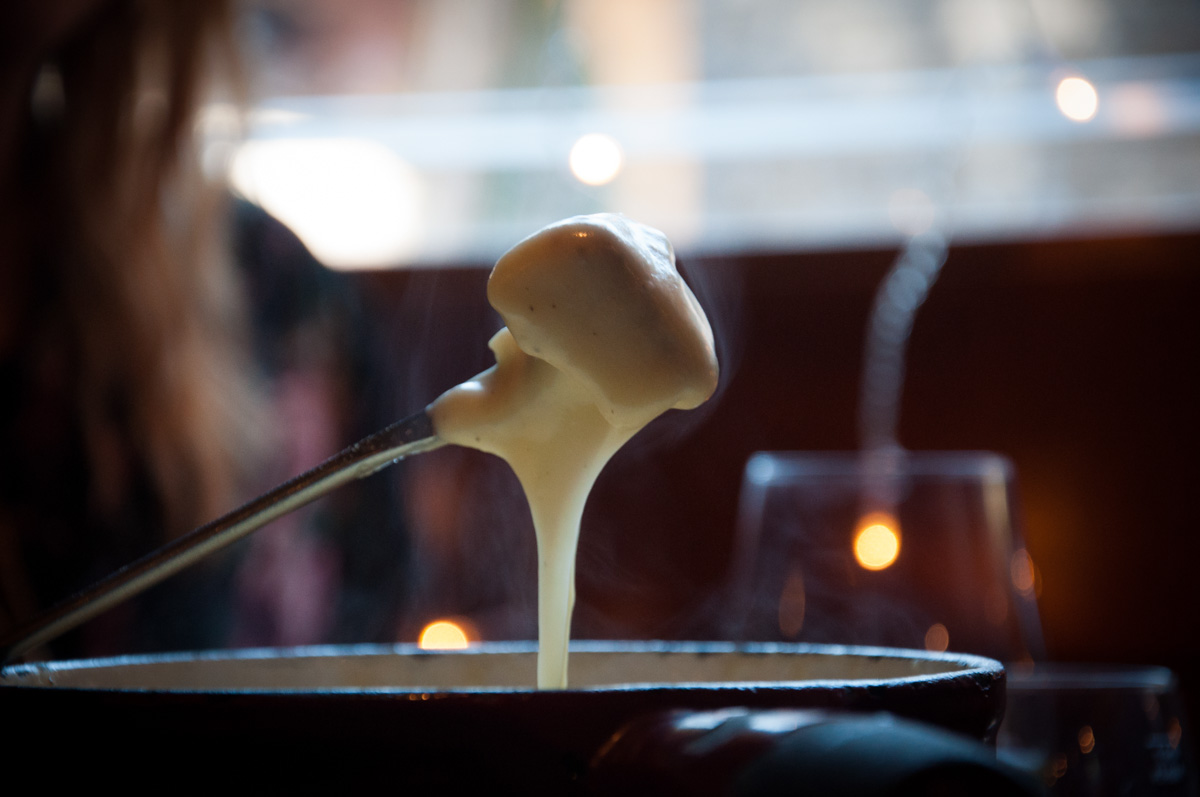
If this strikes a chord, then I urge you to travel to Champery, a short drive from Geneva, to visit Cafe Le Nord where the cosy wooden decor and local alpine clientele ensure a generous dose of authentic Swiss culture. Here, the chef Jeremie Ollivier serves up one of the finest examples of the speciality that I’ve tasted. It’s quite simple he tells me, Vacherin cheese from the town of Fribourg, combined with a little cornflower and white wine, stirred over the heat until it reaches a thick, creamy consistency. It’s laced with Kirsch (cherry liquor) before being served at the table over a flame.
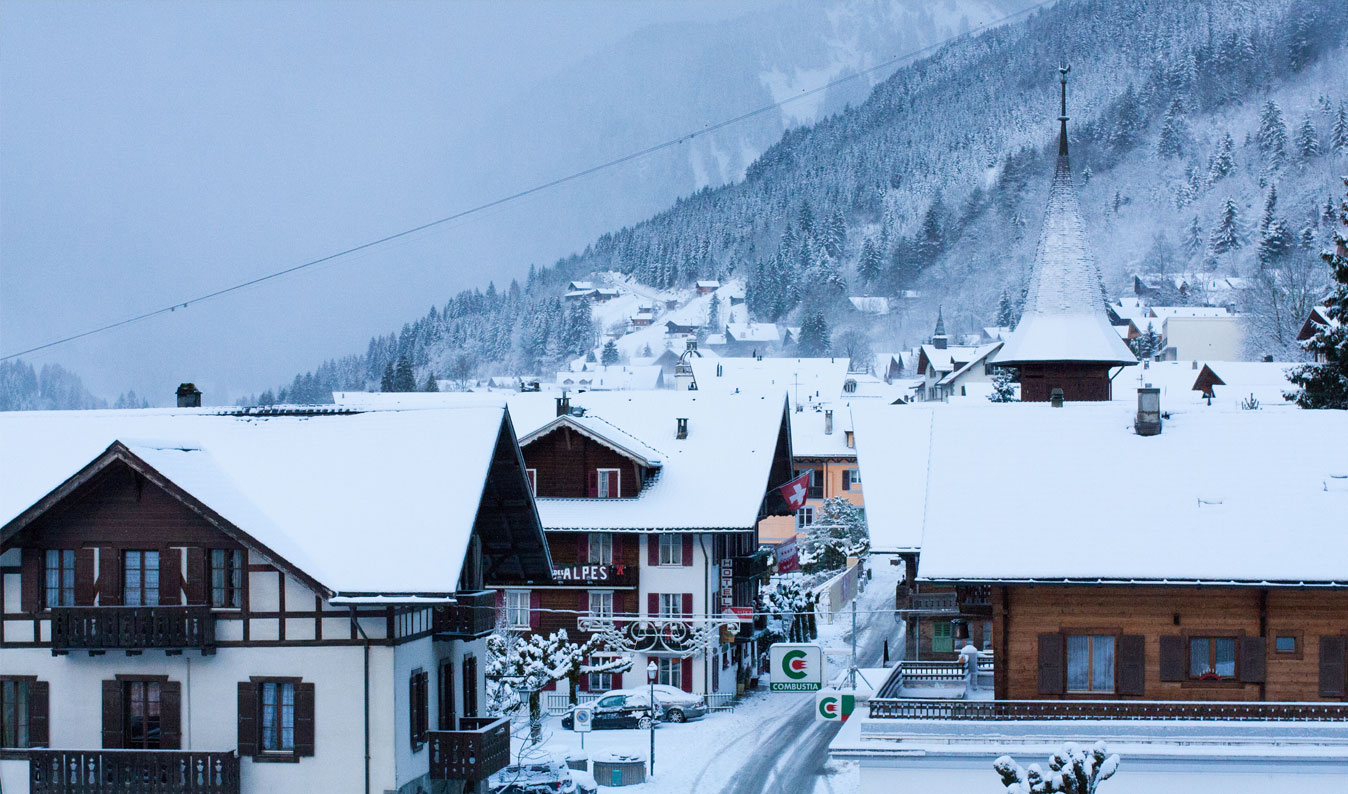
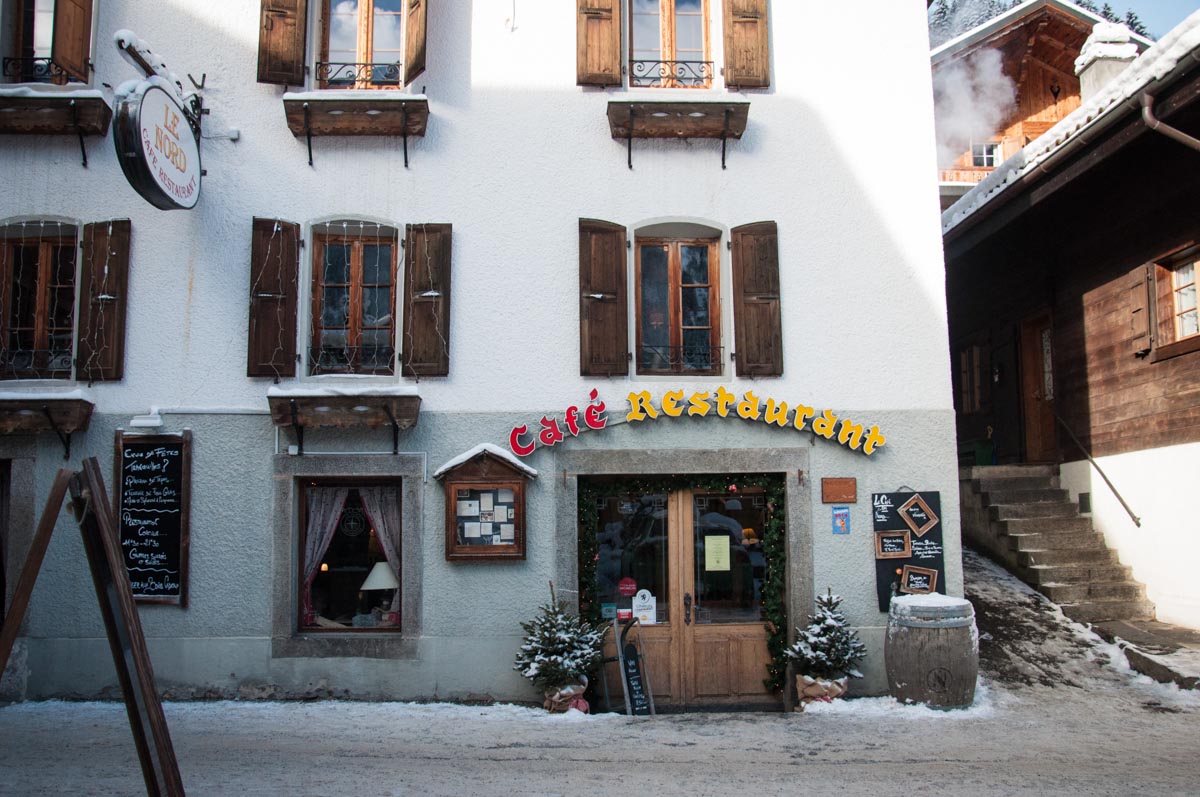
 |
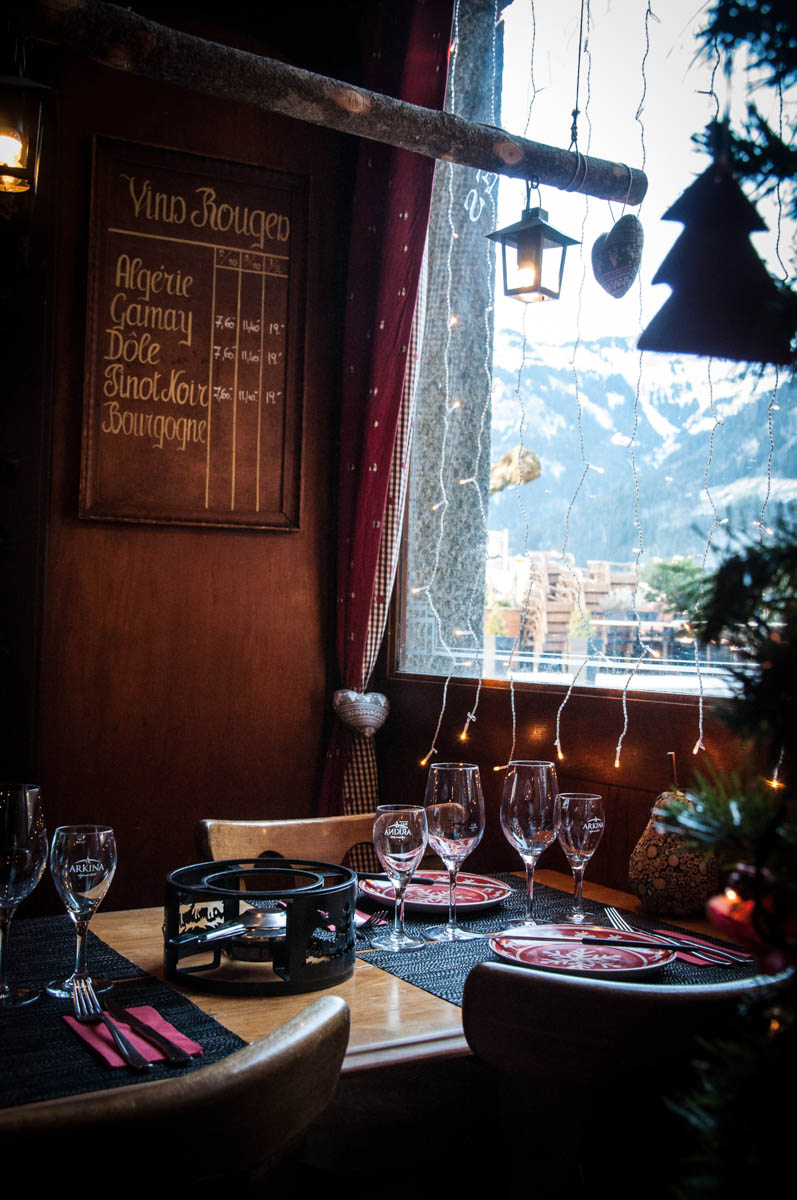 |
Like all good food, fondue lends itself to company, whether it’s a party of five or romantic meal à deux. Bread is broken and speared with long thin forks and then submerged into the steaming pot of molten cheese. It is eaten with a Swiss white wine, perhaps a Fondant or Johannisberg whose acidity are thought to help with digestion of the melted cheese. There will also likely be an assiette valaisanne (Valais is the name of the local mountain area), comprising cured meats, more mountain cheeses, pickled onions and cornichons, which are small gherkins to you and me.

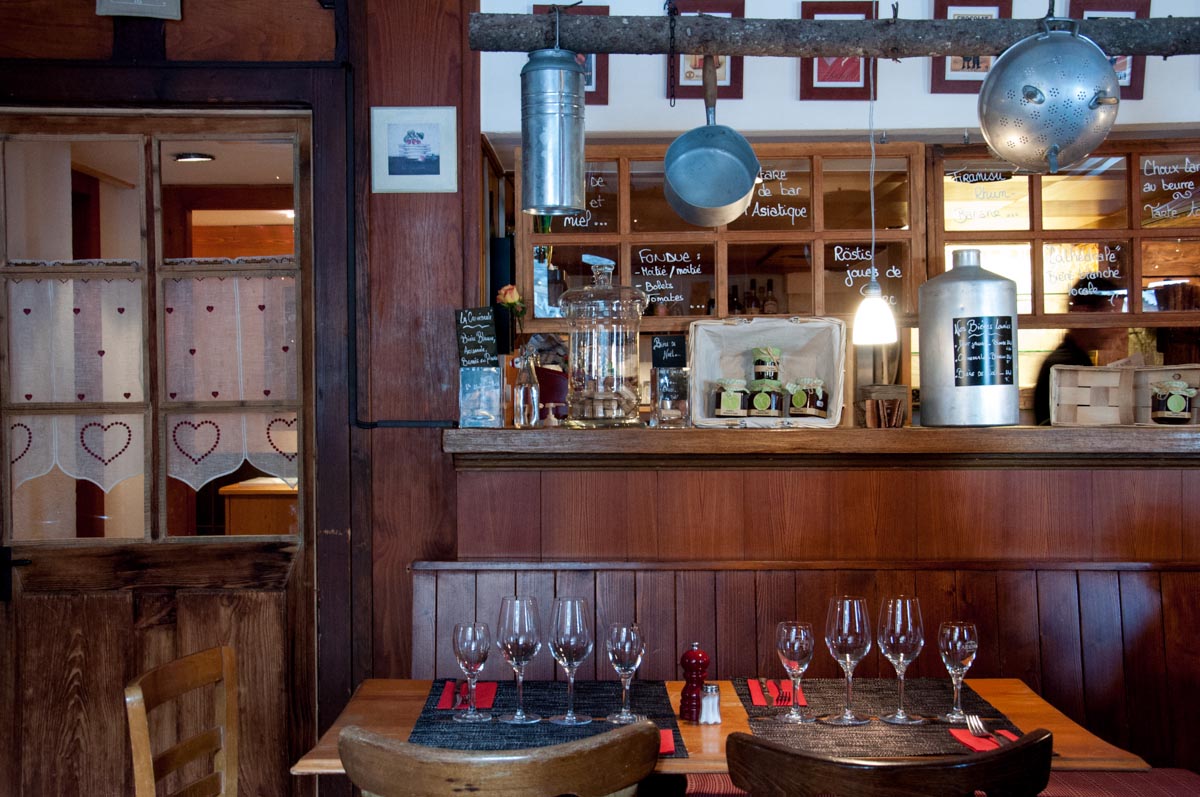
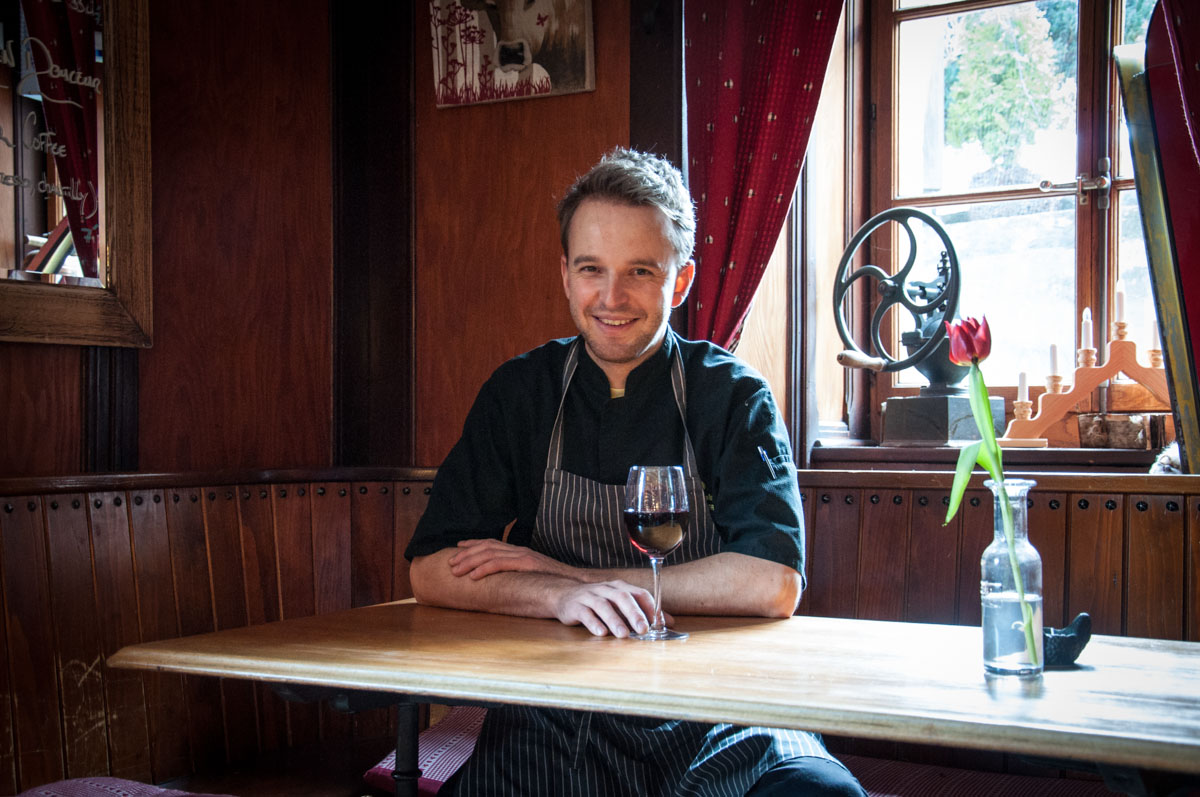
And when the snow starts to fall, there’s something wonderfully rib-sticking about a fondue that makes it perfect for refueling after a day out skiing, or simply a way to congregate with family and friends. But I think my favourite part of the meal takes place right at the end, once the last forkful of cheese-sodden bread has been eaten, the wine has been supped and the assiette emptied of its little mountain delicacies. At this point, you’ll discover a golden crust of cheese that’s hardened to the bottom of the pan, which when removed with a fork is crispy, chewy and delicious, so much so it often causes a little fight over who gets to eat it. Literally translating as ‘a nun’, it is named after the several layers, or ‘crusts’ of clothing that the religious women wear. The Swiss call it La Religieuse.
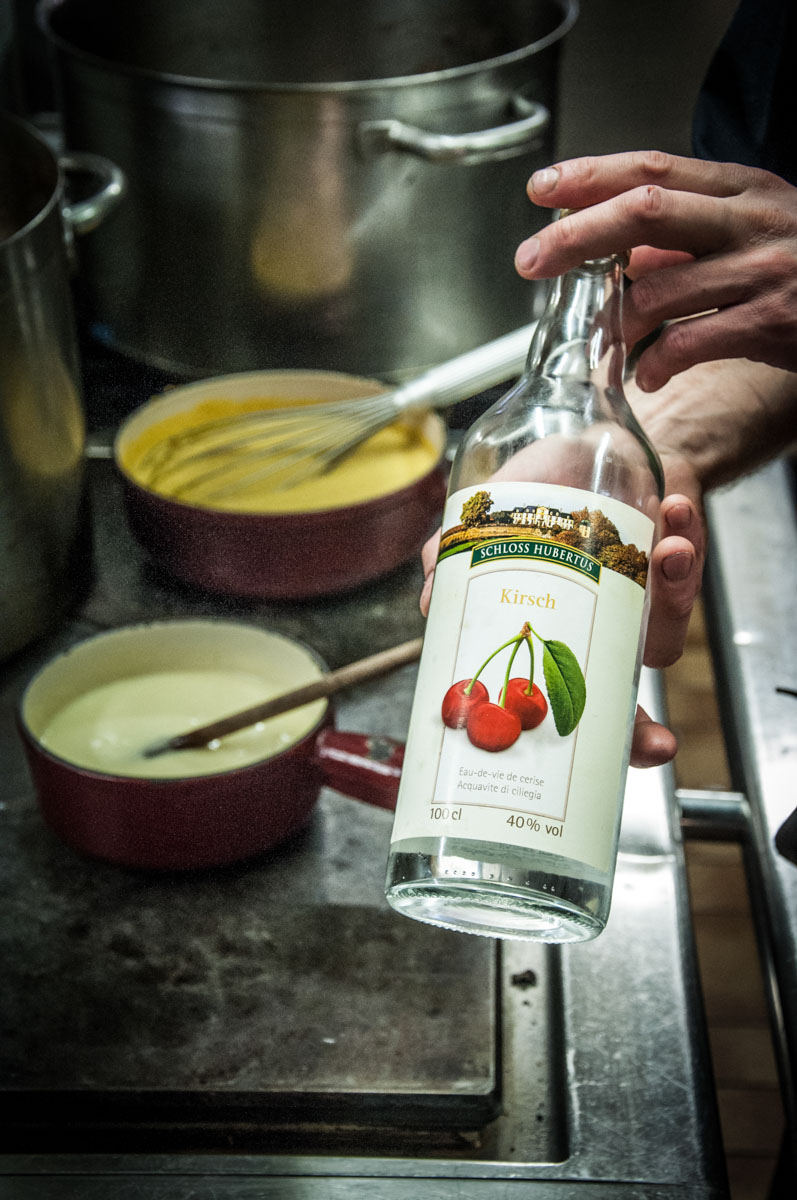 |
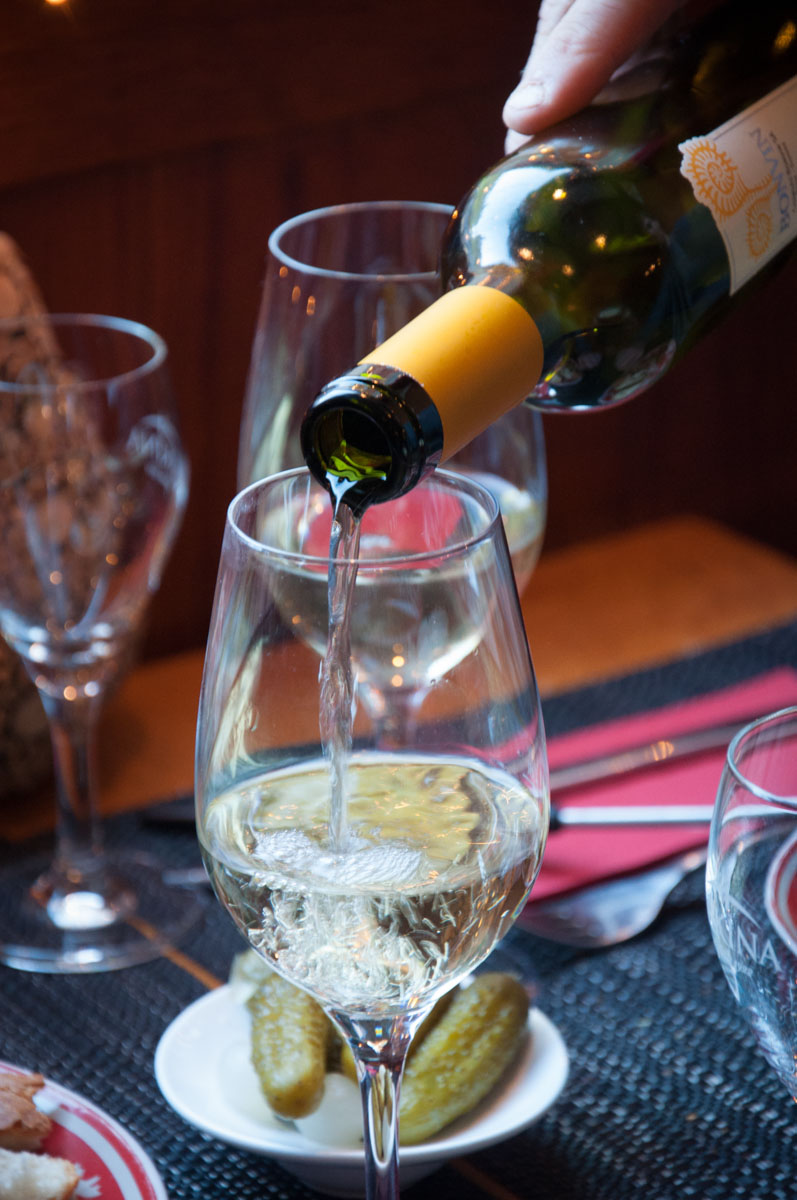 |

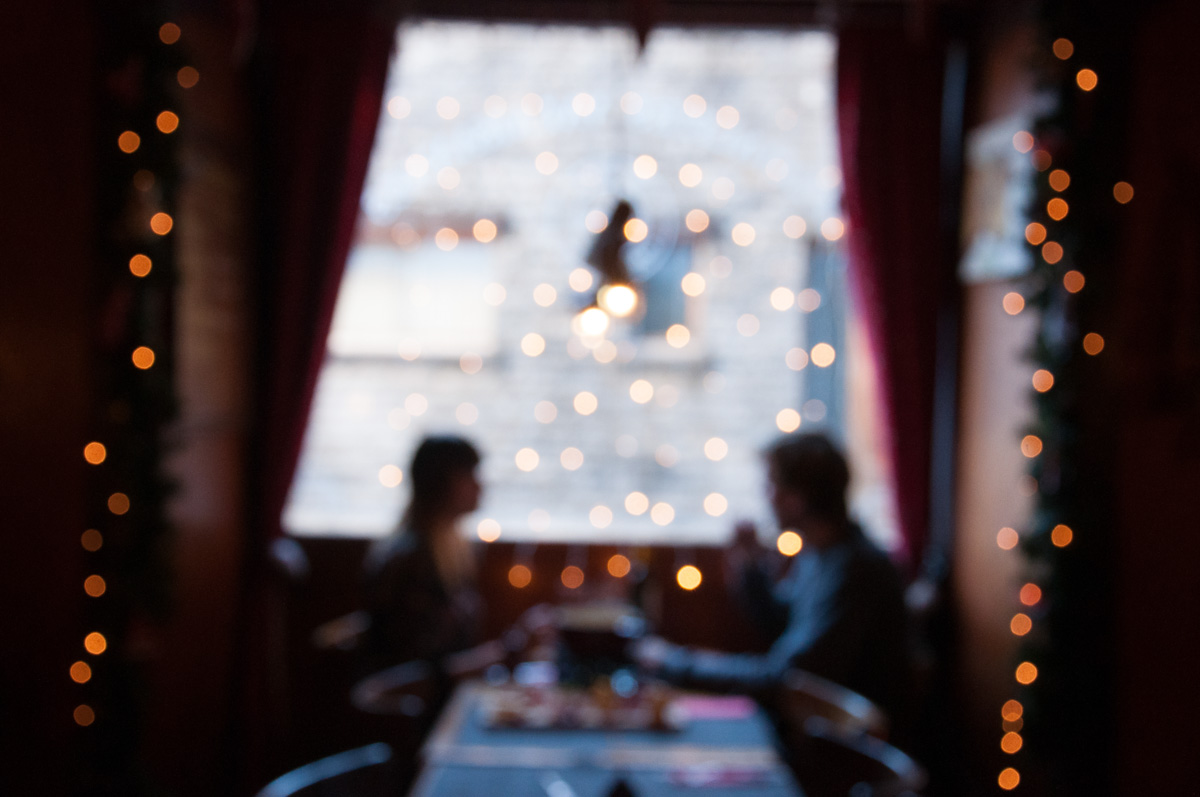
—
Cafe Le Nord
106 Rue du Village, Champery 1874, Switzerland







Our comments section is for members only.
Join today to gain exclusive access.